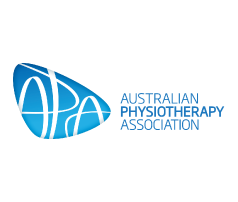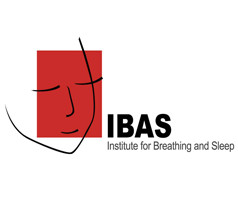Causes
Depending on the setting, a higher proportion of children with bronchiectasis have an underlying cause of bronchiectasis compared to adults. It is recommended that all children with bronchiectasis are investigated for an underlying cause in line with national guidelines (Chang et al 2015).
Causes of bronchiectasis in children include:
severe lower respiratory chest infection
recurrent micro aspiration (secondary to swallow dysfunction)
foreign body aspiration
immune deficiency
Cystic Fibrosis (requires sweat test and extended CF genotyping)
Primary Ciliary Dyskinesia (requires nasal nitric oxide testing and ciliary studies)
Bronchiectasis in children- is it different?
Bronchiectasis in children share many similarities to adults but there are also substantial differences. The main differences relate to the extent of clinical symptoms, radiological diagnosis criteria, prognosis and prognosis. Also, airway injury in children is superimposed upon the physiological changes involving lung growth and development. In children, there is an opportunity to diagnose and manage bronchiectasis early which influences outcomes.
Cohort data have shown that ~80% newly diagnosed adults (non-smokers) with bronchiectasis were symptomatic since childhood and that duration of chronic cough (the most common symptom of bronchiectasis) is related (r= -0.51, p<0.001) to lung function at diagnosis.
Children with bronchiectasis do not necessarily have a persistent cough but instead have intermittent chronic cough. They also have limited ability to expectorate airway secretions and hence the term productive cough is substituted for wet cough, particularly in young child.
Pathology
When diagnosed early, bronchiectasis in children is mainly the cylindrical subtype. The microbiology in children also reflects this, as unlike adults, pseudomonas infection is rare in children.
Cohort data have shown that the duration of chronic cough (the most common symptom of bronchiectasis relates to severity found on the chest CT scan.
Diagnosis
There are limitations in the radiographic definitions of bronchiectasis in children because radiological (HRCT) definitions are derived from adult studies and are not necessarily equivalent to those in children. In particular, the key diagnostic criterion of bronchiectasis is increased bronchoarterial ratio, which is clearly influenced by age (r=0·77, p<0·0001). Also the sensitivity of determining bronchiectasis radiologically is dependent upon the modality used, as scans obtained on a multi-detector CT scan are more sensitive than those from a HRCT scan. Thus in children, the term chronic suppurative lung disease (CSLD) is used to describe a diagnosis where there are clinical symptoms of bronchiectasis without HRCT confirmation.








